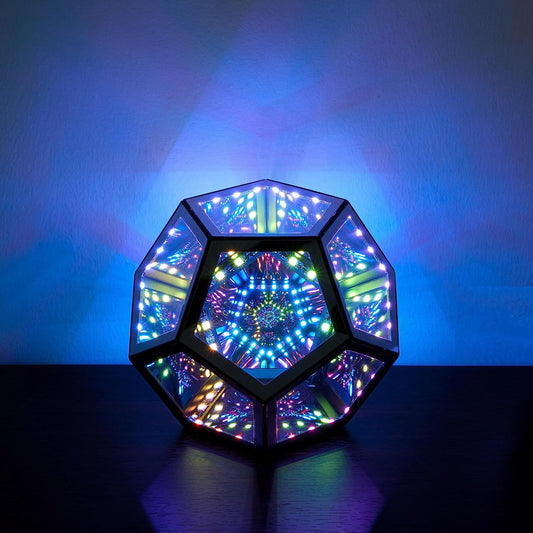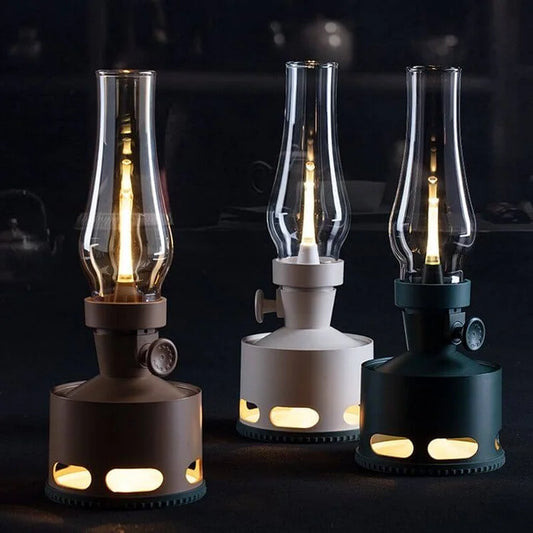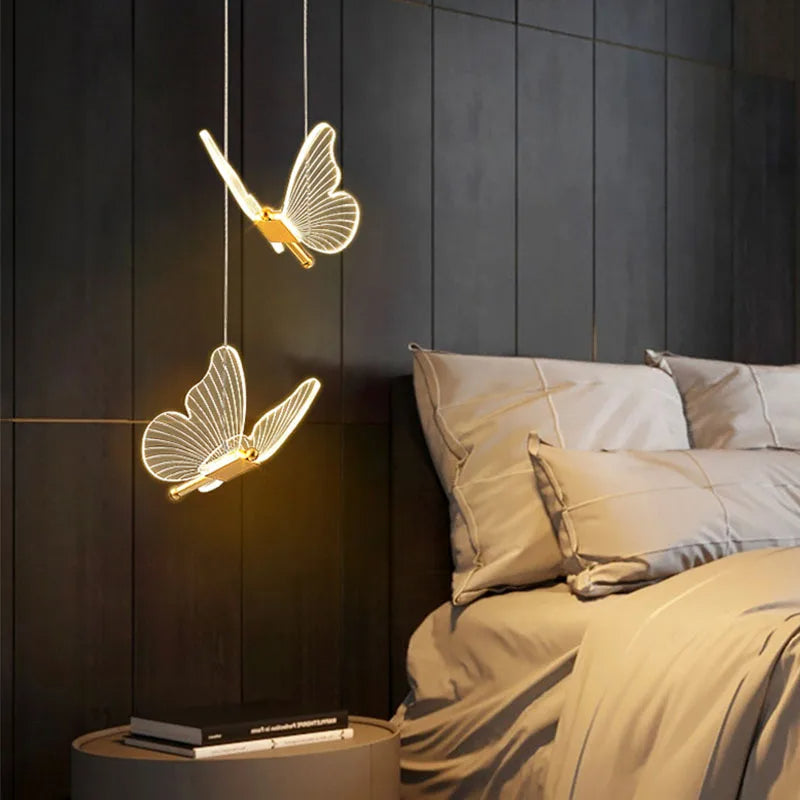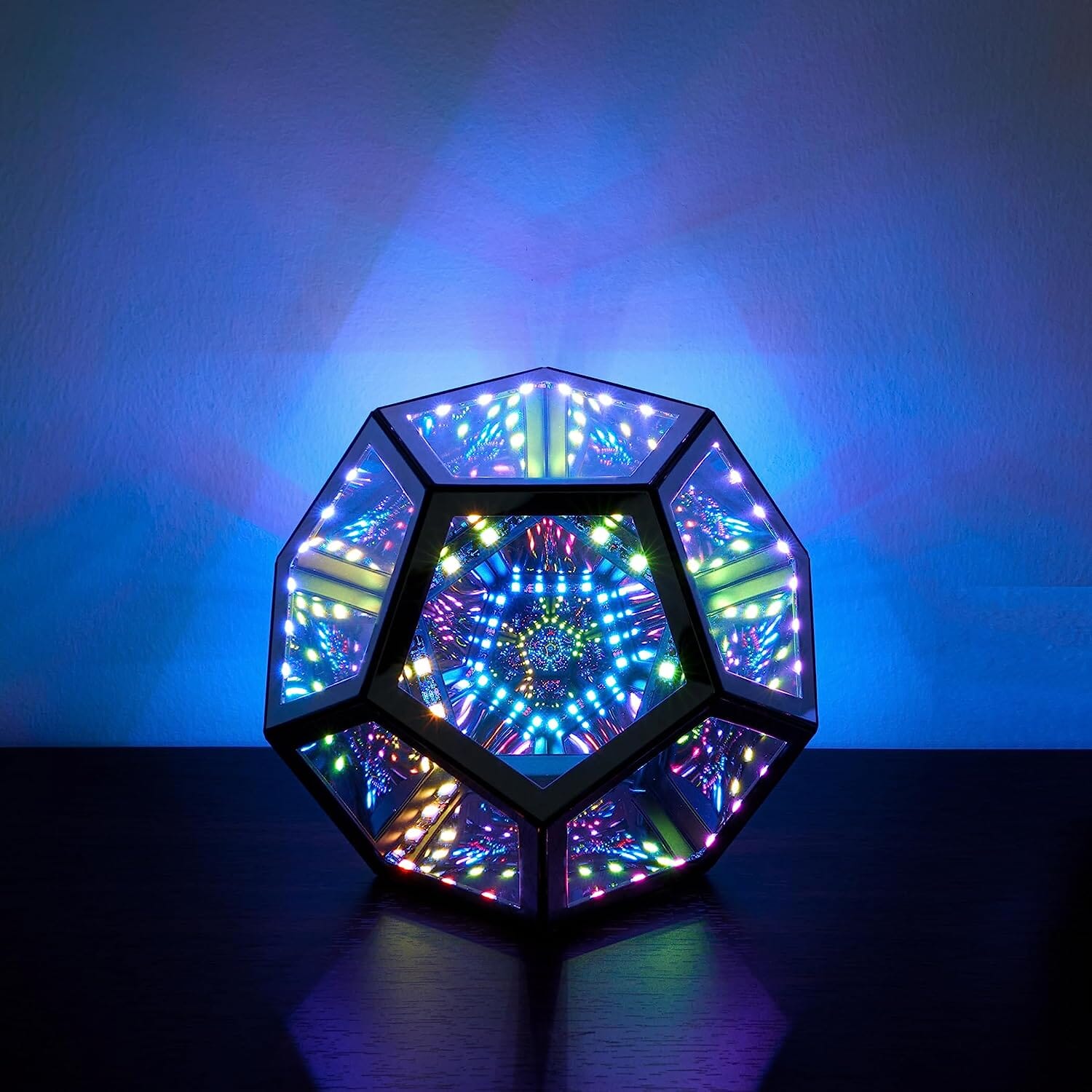There is no denying the timeless quality and tactile beauty of Turkish mosaic lamps. Descendants of a glass making tradition that stretches back 2 millennia in Asia Minor mosaic lamps are easy on the eye and not as tough on the wallet as you might think. In spite of all their intrinsic qualities and unparalleled ability to create atmosphere and mood however, homeowners often have questions about the right way to integrate such a lamp into their current decor or into their remodeling plans. While it can’t be said that there are absolute ‘right’ and ‘wrong’ ways of doing so, there are definitely some ways that are proven to work better than others and below we’ll discuss some of them.
Mosaic Lamps are Turkish Crafts at their Very Best
At a time when we seem to be losing touch with the enduring quality of handmade objects the Turkish handicraft tradition is a beacon of hope and a promise to future generations that we will not toss our most prized traditions out with the bathwater in the rush for cultural homogeneity. Few other items reflect the best of the craft tradition quite like mosaic lamps and yet finding a way to integrate them into a home decor without them seeming incongruous can be a tricky proposition. Below are several things you’ll want to keep in mind when selecting and placing your mosaic lamp.
- Colors: Mosaic lamps incorporate a variety of beautifully rich colors. As such you’ll want to consider the colors in the surrounding decor when choosing a mosaic lamp for a particular room in your home. So if you’re heading to the Paykoc store in Denver to choose a lamp take pictures of the room you intend to place it in and bring those photos with you. Same with shopping online. Before you select a lamp via the Paykoc website make sure you check the colors in the lampshade against the colors of the room where it’s going to be placed.
- Patterns: Whether you choose a pendant, chandelier or table lamp your mosaic lamp will express a rich cultural legacy through its expressive patterning. While some mosaic lamp shades have a simpler design than others keep in mind that the Turkish crafts tradition does not include lamps composed of a single, solid color. Choose your lamp carefully then, keeping in mind its immediate surroundings. For example: a mosaic lamp will make a beautiful compliment when placed on an end table next to a sofa with embroidered cushions.
- Style: In some cases a mosaic table lamp will provide just the right touch next to the bed or on the table next to your favorite recliner. In the kitchen a pendant lamp may be just the thing for over the sink. A stunning mosaic chandelier can put the finishing touch on your new dining room and in the foyer a mosaic lamp can add just the right welcoming touch to friends and family arriving for holiday get-togethers.
- Size: The size of the mosaic lamp you install will depend on the size of the space you need to illuminate and the physical relationship the lamp will have with that space. For instance you may be able to achieve the level of illumination you want in the foyer from a 4 ½” hanging lamp. But if that foyer is large a 4 ½” shade may get lost within the overall environment of the entryway. Instead keep the wattage of the bulb the same and get a lamp with a 9” shade. This will allow you to achieve proportional balance. The same goes for table lamps. You don’t want a lamp that’s so big it’s going to overwhelm the end table it’s on or be overwhelmed by the size of the overstuffed chair next to it. Always strive for proportional balance.
- Amount of light: Turkish mosaic lamps are not intended to produce the type of light used for detailed work. Instead, the role of the mosaic lamp is to create atmosphere and compliment other elements of the decor. If you buy a mosaic lamp with the express intention of using it in your woodworking shop or to do your makeup by it’s likely you’ll either have to put such a bright bulb in the lamp that it will bleach out the beautifully colored glass or you’ll suffer from eye strain trying to work by it. Remember the mosaic lamp is there to be appreciated for its timeless beauty. These are art objects not work lights.











